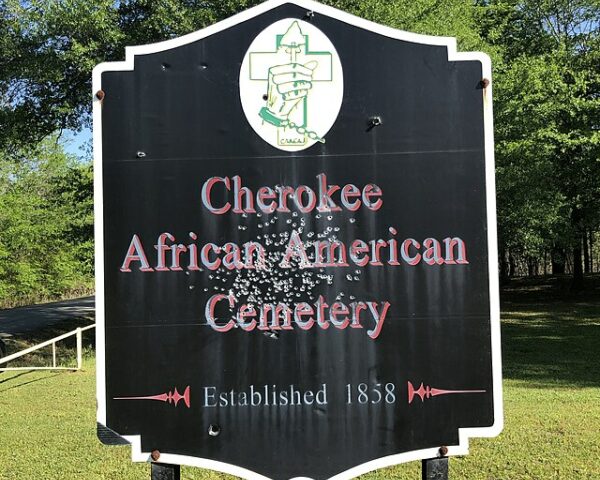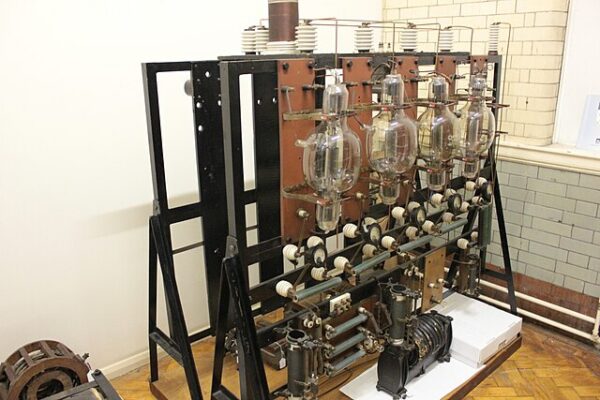On March 25, 1911, one of the worst industrial accidents in American history occurred at the Triangle Shirtwaist Company factory in New York City. 146 workers lost their lives from the fire, smoke inhalation, or simply jumping from the Asch Building in Manhattan trying to escape the flames.
The deaths were almost entirely preventable. Most of the victims perished as a result of the company’s failure to add appropriate safety features and the owners often locked the garment workers inside. The tragedy created a spotlight on workers and led to a renewed effort to pass safety laws for blue-collar workers.
History.com writes that the Triangle factory, owned by Max Blanck and Isaac Harris, was located in the top three floors of the Asch Building, on the corner of Greene Street and Washington Place, in Manhattan. It was a true sweatshop, employing young immigrant women who worked in a cramped space at lines of sewing machines. Nearly all the workers were teenaged girls who did not speak English and worked 12 hours a day, every day. In 1911, there were four elevators with access to the factory floors, but only one was fully operational and the workers had to file down a long, narrow corridor in order to reach it. There were two stairways down to the street, but one was locked from the outside to prevent stealing and the other only opened inward. The fire escape was so narrow that it would have taken hours for all the workers to use it, even in the best of circumstances.
The danger of fire in factories like the Triangle Shirtwaist was well-known, but high levels of corruption in both the garment industry and city government generally ensured that no useful precautions were taken to prevent fires. Blanck and Harris already had a suspicious history of factory fires. The Triangle factory was twice scorched in 1902, while their Diamond Waist Company factory burned twice, in 1907 and in 1910. It seems that Blanck and Harris deliberately torched their workplaces before business hours in order to collect on the large fire-insurance policies they purchased, a not uncommon practice in the early 20th century. While this was not the cause of the 1911 fire, it contributed to the tragedy, as Blanck and Harris refused to install sprinkler systems and take other safety measures in case they needed to burn down their shops again.
Added to this delinquency were Blanck and Harris’ notorious anti-worker policies. Their employees were paid a mere $15 a week, despite working 12 hours a day, every day. When the International Ladies Garment Workers Union led a strike in 1909 demanding higher pay and shorter and more predictable hours, Blanck and Harris’ company was one of the few manufacturers who resisted, hiring police as thugs to imprison the striking women, and paying off politicians to look the other way.”
Two weeks following the fire, a grand jury indicted Triangle Shirtwaist owners Isaac Harris and Max Blanck on charges of manslaughter, but were both acquitted.
The public outrage that came after the horrible loss of life at the Triangle Shirtwaist Factory led to the creation of a nine-member Factory Investigating Commission. According to one historian, “The Commission undertook a thorough examination of safety and working conditions in New York factories. The Commission’s recommendations led to what is called “the golden era in remedial factory legislation.” During the period 1911 to 1914, thirty-six new laws reforming the state labor code were enacted. One member of the Commission was Frances Perkins, who later would become Secretary of Labor in the Roosevelt Administration. Recalling the impact of the Triangle Shirtwaist Fire years later, Perkins said:
Out of that terrible episode came a self-examination of stricken conscience in which the people of this state saw for the first time the individual worth and value of each of those 146 people who fell or were burned in that great fire…We all felt that we had been wrong, that something was wrong with that building which we had accepted or the tragedy never would have happened. Moved by this sense of stricken guilt, we banded ourselves together to find a way by law to prevent this kind of disaster….It was the beginning of a new and important drive to bring the humanities to the life of the brothers and sisters we all had in the working groups of these United States.”






